Steel Industry: What is in store for the Indian Steel Industry in 2024?
One of the primary forces behind industrialization has been the use of metals. Steel has traditionally occupied a top spot among metals. Steel production and consumption are frequently seen as measures of a country’s economic development because it is both a raw material and an intermediary product. Therefore, it would not be an exaggeration to argue that the steel sector has always been at the forefront of industrial progress and that it is the foundation of any economy. The Indian steel industry is classified into three categories - major producers, main producers, and secondary producers.
India is the world’s second-largest producer of crude steel, with an output of 125.32 MT of crude steel and finished steel production of 121.29 MT in FY23.
India’s steel production is estimated to grow 4-7% to 123-127 MT in FY24.
The growth in the Indian steel sector has been driven by the domestic availability of raw materials such as iron ore and cost-effective labor. Consequently, the steel sector has been a major contributor to India’s manufacturing output.
The Indian steel industry is modern, with stateof-the-art steel mills. It has always strived for continuous modernisation of older plants and upgradation to higher energy efficiency levels.
In the past 10–12 years, India’s steel sector has expanded significantly. Production has increased by 75% since 2008, while domestic steel demand has increased by almost 80%. The capacity for producing steel has grown concurrently, and the rise has been largely organic.
In FY24, the production of crude steel and finished steel stood at 143.6 MT and 138.5 MT, respectively. In FY24, the consumption of finished steel stood at 135.90 MT.The per-capita consumption of steel stood at 86.7 kgs in FY23. The annual production of steel is anticipated to exceed 300 million tonnes by 2030-31. By 2030- 31, crude steel production is projected to reach 255 million tonnes at 85% capacity utilization achieving 230 million tonnes of finished steel production, assuming a 10% yield loss or a 90% conversion ratio for the conversion of raw steel to finished steel. With net exports of 24 million tonnes, consumption is expected to reach 206 million tonnes by the years 2030–1931. As a result, it is anticipated that per-person steel consumption will grow to 160 kg.
• India’s finished steel consumption stood at 119.17 MT in FY23 and 138.5 MT in FY24.
• The Indian Steel Association (ISA) anticipates that the steel requirement will reach 128.9 MT in the 2023-24 period, showing an increase from 119.9 MT in the preceding year.
• The industry is witnessing consolidation of players, which has led to investment by entities from other sectors. The ongoing consolidation also presents an opportunity to global players to enter the Indian market.
• PLI short-listed companies are expected to invest US$ 1.2 billion (Rs. 10,000 crore) in specialty steel-making next year and nearly US$ 1.9 billion (Rs. 16,000 crore) by FY24- end.
• In February 2024, The government implemented various measures to promote self-reliance in the steel industry.
• Under the Union Budget 2023-24, the government allocated Rs. 70.15 crore (US$ 8.6 million) to the Ministry of Steel.
• India’s steel production is estimated to grow 4-7% to 123-127 MT in FY24.
• Easy availability of low-cost manpower and presence of abundant iron ore reserves make India competitive in the global set up. • India is home to fifth-highest reserves of iron ore in the world.
India’s finished steel consumption stood at 119.17 MT in FY23 and 138.5 MT in FY24.
This rise will be driven by a strong momentum in Infrastructure spending and sustained growth in urban consumption. “Steel demand in India will continue to expand by 8-9 million tons each year in two financial years,” the ISA statement said.
Bucking the otherwise gloomy global economic environment, India’s Gross Domestic Product (GDP) is forecast to grow by 6.4% in 2023-24. ISA also said that India has successfully reignedin inflation that is still plaguing major advanced economies.
The Joint Plant Committee of the Ministry of Steel estimates domestic steel demand or steel consumption from the supply side, by adding finished steel production and imports and then subtracting exports, while the ISA forecast is made from the demand side, in consideration of the steel using sub-sectors. “All the steel using sub-sectors are expected to grow at 6% or above in both FY24 and FY25,” the ISA said.
The rising share of investment in GDP, backed by strong capital expenditure outlay by the government and improving private investments will drive the construction, railways and Capital Goods sector, the statement added.
Budgeted capital expenditure in fiscal 2023-24 rose by 33% to Rs 10 lakh crore, of which 50% has been allocated for road and railway infrastructure.
“This will drive growth in steel demand. Project completion in the real estate sector is also expected to be robust, whilst the government’s push towards affordable housing has seen a 66% increase in outlay,” the ISA said, adding that investments in infrastructure, renewables, mining as well as within the steel sector itself, is expected to benefit the capital goods sector.
Consumption driven steel using sectors – automotive and consumer durables – are expected to maintain healthy growth. “The private consumption will largely be sustained by urban consumption while rural consumption is expected to witness a steady recovery,” the ISA noted.
The Intermediate goods sector, which is also dependent on both the automobile sector’s growth as well as exports is more of a mixed bag as the sluggish global demand will limit the potential of the export sector in general.
The steel industry and its associated mining and metallurgy sectors have seen major investments and developments in the recent past.
According to the data released by the Department for Promotion of Industry and Internal Trade (DPIIT), between April 2000-March 2024, Indian metallurgical industries attracted FDI inflows of US$ 17.51 billion.
Indian Steel Industry to ride on growth trajectories for the next 5 to 7 years
The infrastructure push, the bid for developing more affordable housing and the Indian Railways capex are all demand drivers for production and consumption of steel across India.
According to a recent CareEdge Research report released in January, India’s steel production grew by 5.7% whereas consumption grew by 11% for the period from April to December. The report further states that steel production to be in the range of 117 to 119 million tonnes which is likely to be up by 3% to 5% on-year. Whereas the growth rate of steel consumption is expected to be at 10% to 12%. Considering these estimates, it is important to deep dive into the demand drivers for both production and consumption.
Infra Push
The launch of National Infrastructure Pipeline (NIP) with a progressive outlook and projected infrastructure investment to the tune of ?111 lakh crore during FY20-25 is the key indicator of the push towards infrastructure projects across the country. The NIP currently has more than 8,500 projects with a projected investment of more than ?100 lakh crore under various stages of implementation. The budget for FY 23-24 has given the muchneeded impetus to the infrastructure, housing and construction sector backed by policy level support by the government. The budget for FY 23-24 also focuses on reviving 50 additional airports, heliports, water aerodromes and advance landing groundings for improving regional air connectivity under ‘Udan’ scheme.
Planned initiatives such as the ‘Bharatmala’ programme for development of roads, ‘Sagarmala’ programme for port-led industrial development, the Urja Ganga Gas Pipeline Project, Smart Cities project and projects under the Atal Mission for Rejuvenation and Urban Transformation (AMRUT) will all collectively contribute towards growth in steel production and domestic consumption. The government’s focus on improving the logistics ecosystem through ‘infrastructure initiatives’ is a force multiplier for domestic steel demand.
Affordable Housing
The ‘PM Awas Yojana’ along with extended Credit-Linked Subsidy Scheme (CLSS) will further provide impetus to the real estate sector. While addressing this affordability gap, the central government will further boost the initiative to provide affordable housing by increasing the outlay by more than 60% at more than ?70,000 crores and extending CLSS until the year 2027. This in particular is going to create demand for steel in pre-engineered buildings, steel pipes and structural steel.
Indian Railways CapEx
The ‘Railway Station Redevelopment Program’ was launched by the government with the objective of redeveloping 400 railway stations across the country with an outlay of ?1 lakh crore through the Public Private Partnership (PPP) mode. These projects being implemented by India Railway Station Development Corporation Ltd. and Railways Rail Land Development Authority (RLDA) in more than 10 states will have a multiplier effect on the country’s economy. Key projects like High-speed Rail Project, Dedicated Freight Corridor Project, Gati Shakti Multi Modal Cargo Terminal are also key drivers of domestic steel demand and consumption. This will help generate and increase new avenues of employment apart from enhancing passenger experience. Allocation of more than ? 2 lakh crore towards Indian Railways CapEx in FY23-24 for building tracks, new coaches, electrification, and developing facilities at stations is also one of the key demand drivers of steel production and domestic consumption. This allocation is said to be more than nine times higher that FY13-14.
All these above factors will provide further boost to ‘Make in India’ initiative while adding to the ‘Atmanirbhar Bharat’ narrative. In conclusion, considering the global dynamics, the domestic market and the projected growth rate of the economy, the Indian steel industry holds lot of potential to ride on growth trajectories for the next 5 to 7
India’s finished steel purchases from China touched a six-year high in the first two months of the fiscal year beginning in April, according to provisional government data reviewed by Reuters, while its overall imports reached a three-year high.
In April and May, China emerged as the secondbiggest steel exporter to India, selling 0.2 million metric tons of the alloy, up 62% from the same period a year earlier.
Imports from China accounted for a quarter of India’s finished steel imports during the period.
India imported 0.9 million metric tons of finished steel in April and May - the highest since 2021 - and up 27% from a year earlier, the data showed.
China, the world’s top steel producer, exported mostly cold- rolled coils or sheets to India.
Cold-rolled coils or sheets constituted the bulk of India’s imports in April and May, accounting for a 30% share in overall finished steel imports.
China is set to export the most steel this year since 2016, analysts said, as the weakening yuan and competitive prices help the world’s biggest producer offload surplus metal due to weak demand at home.
India’s federal steel ministry was considering imposing a countervailing duty on steel imports from China, Vivek Johri, chairman of the board of indirect taxes and customs, said last month.
During April-May, South Korea was the top exporter of finished steel to India, shipping out 0.4 million metric tons and accounting for 38% of India’s overall imports.
However, India, the world’s second-biggest crude steel producer, was a net exporter of finished steel in April-May, with 1.6 million metric tons sold to top buyers such as Italy, Spain, Belgium, Nepal and the United Kingdom, the data showed.
In April-May, India’s finished steel exports to Italy surged to their highest level in six years.
India’s crude steel production stood at 22.4 million metric tons in April-May, up 6% from a year earlier. Consumption of finished steel was 20.3 million metric tons, up 8% on the year and the highest in six years.
The Road Ahead
The steel industry has emerged as a major focus area given the dependence of a diverse range of sectors on its output as India works to become a manufacturing powerhouse through policy initiatives like Make in India. With the industry accounting for about 2% of the nation’s GDP, India ranks as the world’s second-largest producer of steel and is poised to overtake China as the world’s second-largest consumer of steel. Both the industry and the nation’s export manufacturing capacity have the potential to help India regain its favorable steel trade balance.
Steel consumption is expected to be strong in the coming years, driven by infrastructure investments.
Spending on infrastructure, which accounts for 25%-30% of steel demand, is expected to go up to 11% year-on-year in fiscal year 2024- 2025 (April-March), according to the current government’s interim budget announcement.
The National Steel Policy, 2017 envisages 300 million tonnes of production capacity by 2030-31.The per capita consumption of steel has increased from 57.6 kgs to 74.1 kgs during the last five years. The government has a fixed objective of increasing rural consumption of steel from the current 19.6 kg/per capita to 38 kg/per capita by 2030-31.
Huge scope for growth is offered by India’s comparatively low per capita steel consumption and the expected rise in consumption due to increased infrastructure construction and the thriving automobile and railways sectors.



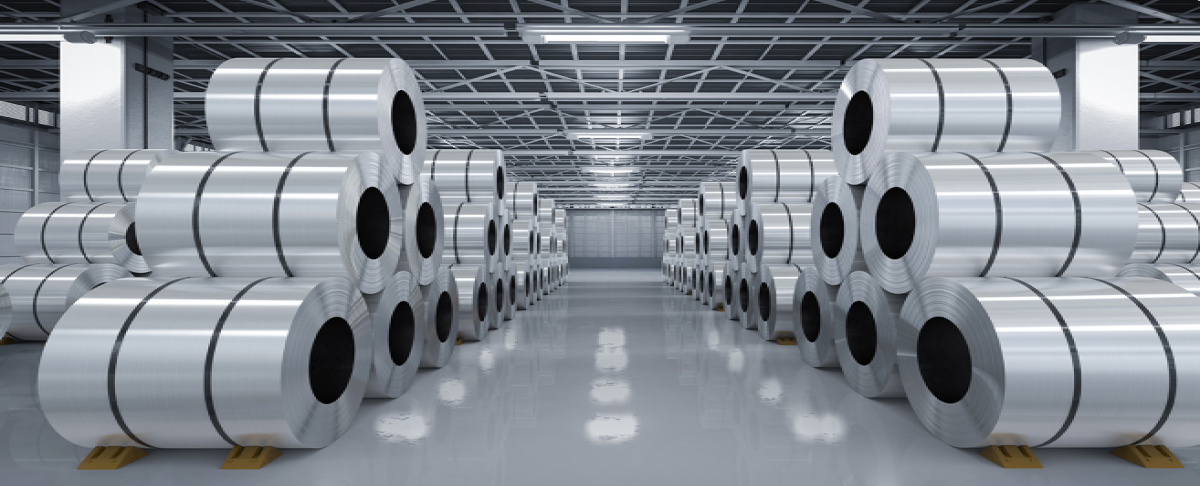


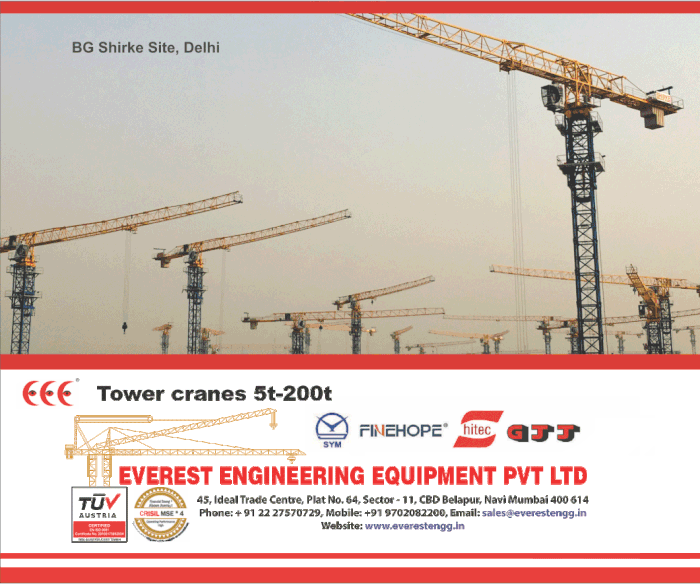
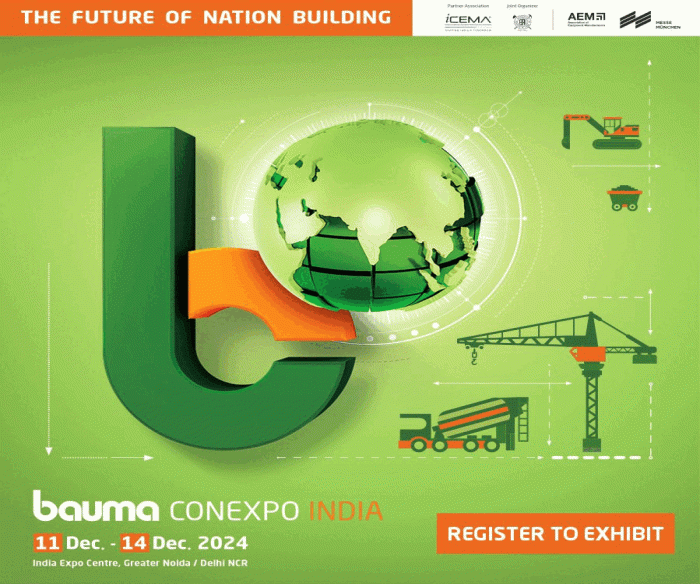
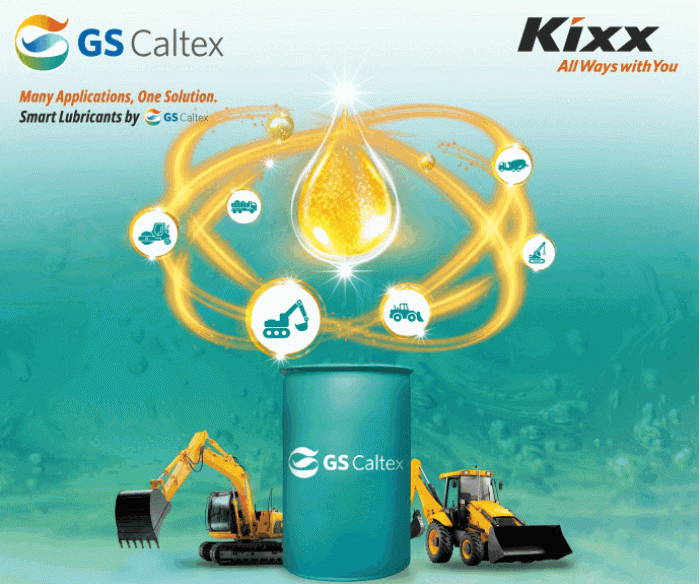
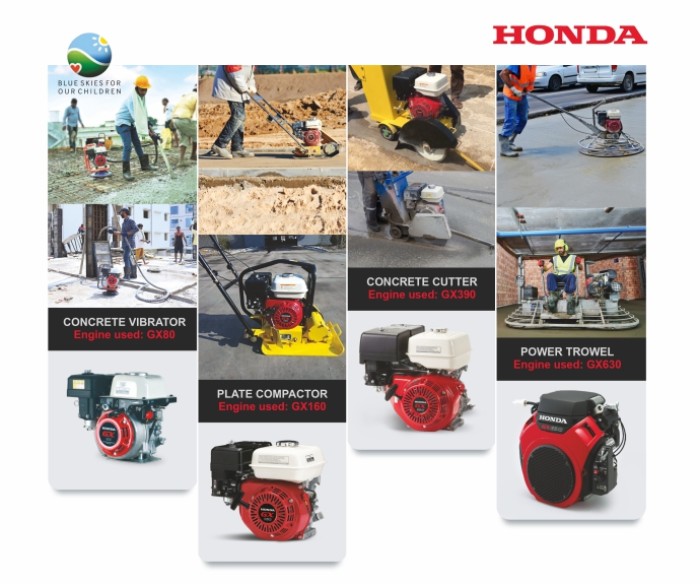






Leave a comment